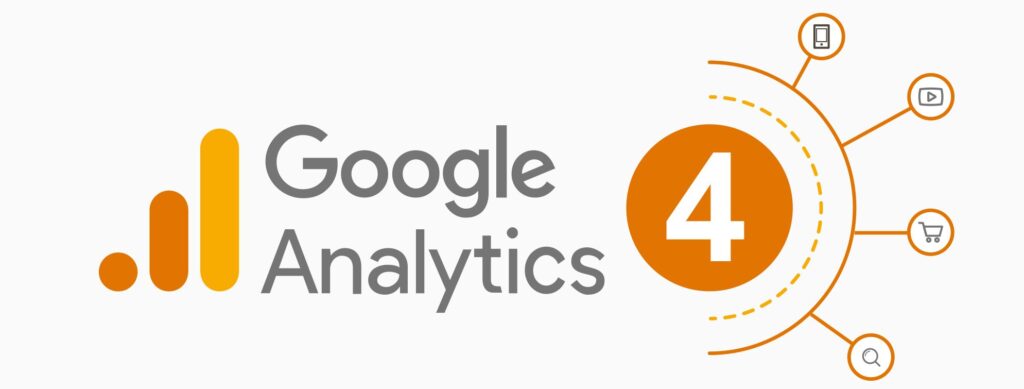Although some data is available on the client-side only, but server side also has many benefits. The two methods for gathering and delivering data are client-side & server-side, although each method has its own advantages and disadvantages.
The primary difference between client and server-side tracking is that a client-side sends requests to retrieve webpages or files, and the server responds to these requests. As a result, the client represents the browser, device, or web application user interface that is used for browsing (like Google Chrome browser on a personal computer or mobile device). The server side is the source from where the requested information was retrieved.
What are Server-side and Client-side Tracking?
Server-side Tracking (also known as Cloud Delivery)
When the tag or pixel sends data to the web server (either another type of server), the web server transmits that data to the target system or server. This process is referred to as server-side events or data management, also known as cloud delivery. An analytics service, personalization tool, marketing automation platform, or another kind of execution system may use this data.
The event gateway system is what you use when you combine many tags or pixels rather than using one pixel or tag per destination system. (It is also called API Hub) Here, all the data is gathered, and the central system subsequently transmits the data to third-party or outside vendors. By sending a single data stream to the cloud-based repository, this specific action simplifies the data collecting and delivery procedure before providing the information to vendors.
Client-side Tracking
The most prevalent method for sending data from web pages to clients-side is using tags. This kind of tracking entails the browser of the user (client) for sending information and data directly to the server. Tag management is the gathering and sharing of data from a website with vendors from marketing technology.
Benefits of Server-side tracking
- Reliability, Control, and Accuracy
Due to millions of scenarios and devices involved in client-side tracking, there is a higher chance that anything could happen that would affect data transmission. This tracking is typically more reliable as the data management scope is reduced & the organization can have more controlled transmission.
The server-side tracking is less likely to cause data problems because of client-side problems such as ad blockers or interrupted connections being installed. It is difficult to keep the metric consistent across platforms in client-side events.
- Performance of the Device and Application
Server-side tracking has the benefit of taking away the processing load from the device of the client and moving it to the cloud. As a result, the client device has to do less work, which can improve the performance of the application and device. The faster application consumes low battery, improves the customer experience & can significantly improve the conversion rates.
Benefits of Client-side Tracking
- The Contextual Data
The benefit of client-side tracking is that it occurs directly on the device of users, enabling access to user-specific information including cookies, user agents, URL parameters, IP addresses, and referrers. You can collect and track all the information about clients and use it for other actions. Cookies and other data are frequently utilized for ad targeting. Location data is ideal to use for personalization in many applications. Moreover, user agents and URL parameters are frequently used in consumer engagement and marketing campaign analysis.
The Certona, Optimzely, or Google Publisher Tag are a few examples of specialized client-side tags that must run in a browser to collect the contextual data to provide visitors the display ads, personalized experiences, or dynamic content.
- Easy Implementation, Knowledge/Expertise availability
This tracking has another advantage. It is simple and easy to install. Many vendors offer a piece of code that can be implemented by simply copying & pasting. For many past years, Client-side tags have been standard practice in the industry, making it a routine task.
- Cheaper and Lower cost
Data transmission expenses of client-side events are often cheaper and lower cost. The expenses of server-side transmission are higher because this transmission uses cloud resources from third-party cookies instead of the device of the target user.
You may also like to read our latest post on: Setup GA4 on Shopify
Data Layer Approach: Key for unlocking the advantages of Server/Client Tracking Optimization
Tracking and providing data swiftly on the client side or server side is difficult. Without taking measures to establish the data foundation makes the data access and defining process easier. Establishing the modular & neutral vendor data foundation allows the maximum advantages of optimizing the data management balance of client-server.
Involvz uses the data layer technique (coupled with a convenient management interface) for establishing the taxonomy of the data which can be retrieved from any area or location where customer engagement takes place. This makes using data much easier, whether it’s done on client-side or server-side.
What is the best and Right Solution?
Every situation does not warrant or allow the server side (cloud delivery) for collecting and deliver data. Sometimes, the client-side tags seem to be the best solution. It is crucial to have capabilities that can accommodate emerging and traditional data management techniques on the same platform.
When the client-side tracking falls short, the server-side rescues and fills the gaps. Server-side tracking is a secure and reliable way to track events. This property makes server-side tracking an exceptional source to track sensitive data and revenues.
Want us to do all this hassle. Schedule a Call with Expert at Involvz for a fruitful decision
Read Our Latest Guides on GA4:
Meet Awais, our web analytics expert. He’s passionate about taking on challenges and solving tricky problems with a knack for making things simple.
